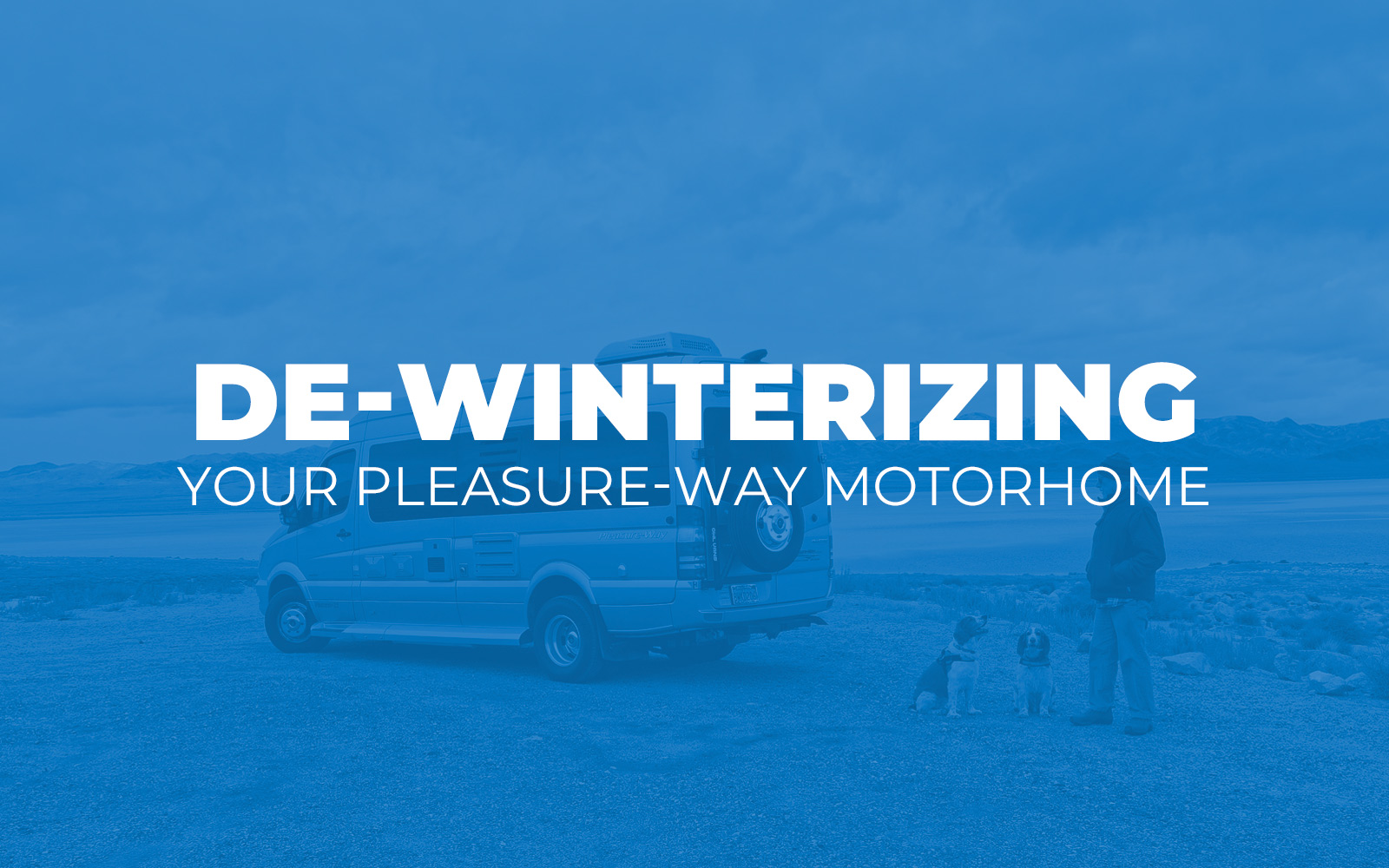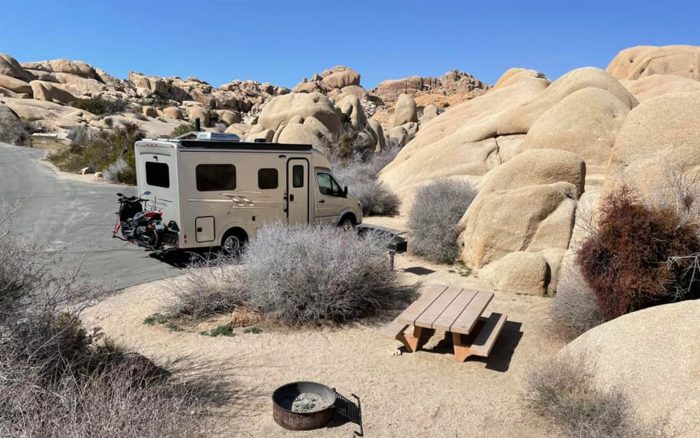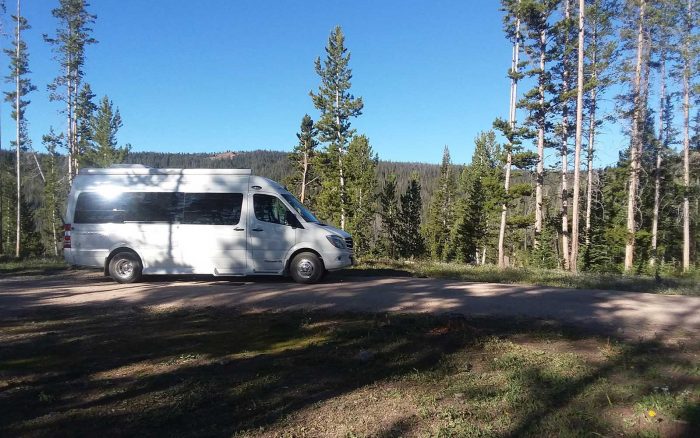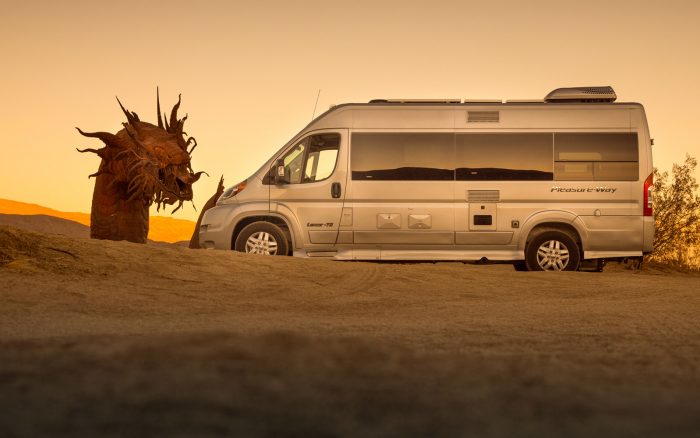De-Winterizing Your Pleasure-Way Motorhome

The sun sets later, the afternoons are warmer, and spring has finally sprung. For many other people, now is the time they start getting their summer clothes out of storage, setting up backyard bbq areas, and planning what to plant in their garden.
For Pleasure-Way owners, spring means the return of quiet nights boondocking in a beautiful area, camping with our pets, and spending all day hiking and taking in the sights.
At the beginning of winter, we posted an informative blog about winterizing your Pleasure-Way motorhome to ensure its longevity and to prevent costly repairs. Now, it’s time to do the opposite.
De-Winterizing Your RV – Here Are The Steps
Close valve on fresh tank that was left open to winterize. Then fill with fresh water by unlocking the door on the passenger side of the van. Don’t forget to monitor the touchscreen as you do this, ensuring your tank is at least 25% to 50% full before moving on.
Note – the coach should be level in order to ensure the accuracy of the tank sensors.
Now that there is water in the fresh tank, move to driver’s side and make sure all low point drains are closed. The white low point drain for the water heater recirculation valve has been left open for the duration of the winter. Check the filter and o-ring then connect to city water.
Note – do not turn on the city water at this time.
Next inspect the water pump (location varies by model – check your owner’s manual!). What we’re checking for here is that there’s no debris in the filter on the side and that the o-ring seal is in good shape. We’re also making sure that the suction side has been reinstalled.
Turn on the pump.
Run water through the toilet – until clear water runs through the line. Then move to the sinks and showers, again running the water until it runs clear. Make sure to do both the cold and hot side, starting with cold. The hot water line recirculates the most, so it has the most amount of antifreeze in it so it will take a little longer to clear. This is normal! . This process is intended to clear the antifreeze from all lines. Don’t forget the external shower!
The next place to remove antifreeze from is the city water line. Go ahead and turn the pump off before turning on the city water. Turn on the outside shower, which will help to drain that last bit of antifreeze in the city water system. Lastly, the low point drains need to be drained as well! The white line will take slightly longer than the red and the blue.
Note – All antifreeze has now been flushed from the water lines.
Next, check the water heater filter, inspecting for cracks, breaks, or leaks from the o-ring. Then install it into the water heater and snap it into place.
Next, we access the bypass valves. Check your manual for their specific location. First, open our cold line by turning it a quarter turn. To finish if off, turn off bypass, and open the recirculating and hot water lines.
Check all the water valves for leaks. Turn on the power switch for the water heater.
Check batteries and ensure they are charged. It’s easiest to do this by plugging into shore power, but you can use solar power or the generator.
Turn on your propane tank.
Another check is to inspect the gate valves. You may want to do this at your local dumping station as there might be some residue from use over the years. Pull them open quickly for both the grey and the black tank.
Run your propane appliances to ensure there’s no issues there.
Do a pre-camping check by running all appliances including AC, inverter, and stove.
If this list seems intimidating, check out this video! Richard walks you through each step of the process, showing you exactly what to look for on our test model, the Plateau TS.




